Vulnerability Management is a cybersecurity process focused on identifying, evaluating, treating, and reporting security vulnerabilities in systems and software.
A thorough understanding of its components and tools is essential for protecting organizational assets. Modern solutions often offer automated scanning, comprehensive risk assessments, and integration with other security operations. Users highlight ease of use and effective remediation capabilities in leading products.
What are the critical features?
What benefits and ROI should users expect?
Vulnerability Management solutions are widely implemented across finance, healthcare, and retail industries to safeguard sensitive data and maintain compliance. These sectors benefit from tailored features like industry-specific regulations and high-risk asset protection.
This cybersecurity practice is valuable as it helps organizations identify vulnerabilities efficiently and maintain robust protection against evolving threats.




































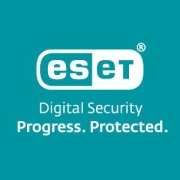





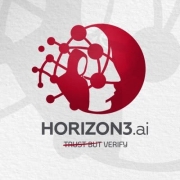


















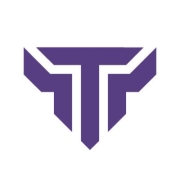


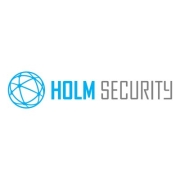





































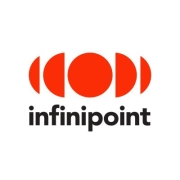








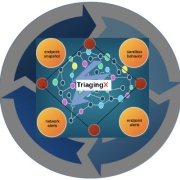
















Vulnerability management is essential to protecting your organization and the systems, applications, and software utilized to keep your company safe and fully functioning at all times. Your organization has a fiduciary responsibility to your employees, stakeholders, and business partners to ensure that every effort is being made to keep your systems safe from cyber attacks and will continue running unencumbered. Any cyber attack, breach, or identified vulnerability could represent a loss of confidence and profitability to any and all of your business partners.
Communication is key in successfully implementing a vulnerability management plan.
All affected team players need to be identified and brought into the loop. This involves individuals at different levels of your organization, from security to IT, QA, and analysts, just to name a few. The individuals who use the systems and software and everyone who will be responsible for the repair and fix of the vulnerabilities will need to be made aware of each individual’s roles and responsibilities, in addition to the overall goals and objectives of the plan, to ensure the complete success of your vulnerability management plan.
Generally, vulnerability management is part and parcel of a successful SOC (security operations center). Vulnerability management’s main objective is to highlight areas of potential technical deficiencies throughout your systems, applications, and software. Most organizations with a credible SOC have integrated these processes into the framework of their organization. It is important to note that vulnerabilities could also be a result of manpower and the lack of consistent training processes resulting in the proper knowledge of how to effectively utilize your operational systems.
Implementing a robust Vulnerability Management solution strengthens your security posture by continuously identifying and prioritizing vulnerabilities within your systems. This proactive approach allows you to address weaknesses before attackers can exploit them. By systematically scanning, assessing, and remediating vulnerabilities, you not only mitigate potential threats but also ensure compliance with industry regulations, reduce risk exposure, and protect sensitive data.
What features should I look for in a Vulnerability Management solution?When selecting a Vulnerability Management solution, prioritize features such as automated scanning, real-time analytics, and integration capabilities with existing security tools. Look for solutions offering comprehensive reporting, customizable alerts, and prioritization based on risk metrics. A user-friendly interface and scalability are crucial for adapting to your organization's evolving needs. The ability to manage vulnerabilities across a variety of environments, including cloud and on-premises, is also essential.
Why is prioritization important in Vulnerability Management?Prioritization in Vulnerability Management is pivotal because not all vulnerabilities pose the same risk level to your organization. By prioritizing vulnerabilities based on their severity, exploitability, and potential impact, you can focus resources on addressing the most critical threats first. This targeted approach maximizes your remediation efforts' effectiveness and prevents potential breaches, ensuring that your security team tackles vulnerabilities that matter most to your organization's overall security posture.
How does continuous monitoring enhance Vulnerability Management?Continuous monitoring in Vulnerability Management offers real-time visibility into your systems, enabling prompt detection of new vulnerabilities as they emerge. By constantly analyzing network activity and system configurations, you can respond swiftly to changes that could introduce security gaps. This persistent vigilance ensures that you remain one step ahead of threat actors, adapting your defenses promptly to counteract any developments, which is crucial for maintaining a resilient security strategy.
What role does machine learning play in modern Vulnerability Management?Machine learning significantly enhances Vulnerability Management by automating the detection and analysis of vulnerabilities. It enables the processing of vast amounts of data to identify patterns and predict potential security issues with higher precision. With machine learning, your Vulnerability Management solution can automatically prioritize threats, reduce false positives, and improve the speed of vulnerability detection and response, ultimately leading to smarter decision-making and a more secure infrastructure.